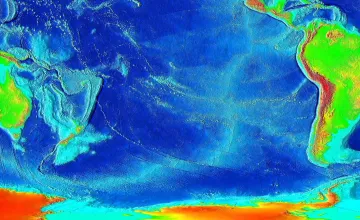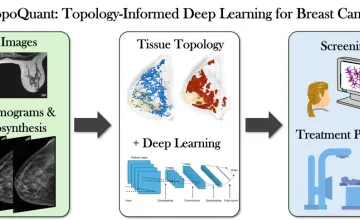AAU universities conduct a majority of the federally funded university research that contributes to our economic competitiveness, health and well-being, and national security. AAU universities are growing our economy through invention and innovation while preparing the next generation of scientists and engineers for global leadership. By moving research into the marketplace AAU universities are helping to create jobs, and provide society with new medicines and technologies.

UMD geologists uncovered evidence of a section of seafloor that sank into the Earth's mantle when dinosaurs roamed the Earth; it's located off the west coast of South America in a zone known as the East Pacific Rise.

Novel research supported by NCI could lead to more specific predictive disease models

A new University of Kansas study reveals parents seeking health care information for their children trust AI more than health care professionals when the author is unknown, and parents rate AI generated text as credible, moral and trustworthy.

Hypertension and amyloid plaques can separately cause dementia. Having both increases a person’s odds of developing cognitive decline, a new study finds
Explore More: University Research
You can filter stories by the university.
UO researchers have grown rodent retinal neurons on a fractal-patterned electrode, one that mimics the repeating branching pattern in which neurons naturally grow. It’s a step closer to making a bio-inspired bionic eye, a longstanding goal for UO physicist Richard Taylor.
A team of scientists at NYU has discovered how working memory is “formatted”—a finding that enhances our understanding of how visual memories are stored.
Scientists from the University of California, Irvine, using climate models and satellite data, reveal for the first time how protecting tropical forests can yield climate benefits that enhance carbon storage in nearby areas.
CELL-MET summer programs broaden the pipeline of research engineers.
Scientists from the University at Buffalo have shown how eating certain types of foods impacts the oral health of postmenopausal women.
